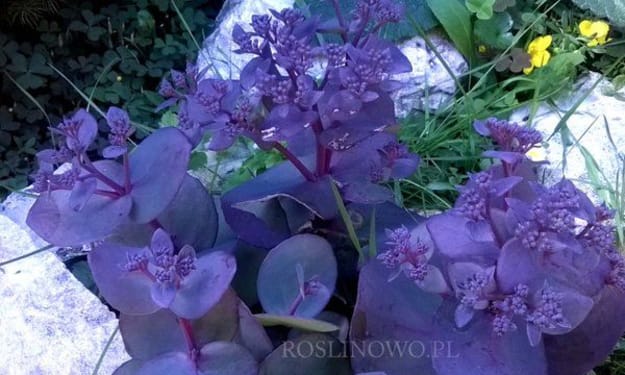The Ultimate Guide to Podocarpus
In the realm of evergreen trees and shrubs, Podocarpus stands as a true gem. Its numerous varieties exhibit distinctive traits, but one thing remains constant—Podocarpus… Read More »

Podocarpus is a fascinating genus of coniferous trees and shrubs that belong to the family Podocarpaceae. Commonly known as podocarps or yews, they are widespread across the Southern Hemisphere, especially in regions like Australasia, Southeast Asia, and South America. Here's your ultimate guide to Podocarpus:
Taxonomy and Classification:
Kingdom: Plantae
Division: Pinophyta (Conifers)
Class: Pinopsida
Order: Pinales
Family: Podocarpaceae
Genus: Podocarpus
Characteristics:
Evergreen Foliage: Podocarpus species are known for their needle-like or scale-like leaves, which stay green throughout the year.
Cones: They produce cones, but unlike many other conifers, the cones of Podocarpus are often fleshy and berry-like.
Habitat: Podocarps are found in a variety of habitats, including forests, woodlands, and montane regions.
Popular Species:
Podocarpus macrophyllus (Yew Pine): Native to China and Japan, this species is widely cultivated as an ornamental tree for its attractive foliage.
Podocarpus totara (Totara): Endemic to New Zealand, this species has cultural significance to the Māori people and is used for carving and building.
Podocarpus neriifolius (Oriental Podocarp): Found in Southeast Asia, this species is valued for its timber and is also used in traditional medicine.
Cultivation and Care:
Climate: Podocarps thrive in temperate to subtropical climates.
Soil: Well-drained, fertile soil is ideal for Podocarpus.
Light: They prefer full sun to partial shade.
Watering: Keep the soil consistently moist, especially during the growing season.
Pruning: Regular pruning can help maintain a desired shape and size.
Landscaping Uses:
Hedging: Podocarpus species can be shaped into attractive hedges due to their dense foliage.
Ornamental Trees: Many species are cultivated for their ornamental value in gardens and parks.
Screening: Tall species can be used to create privacy screens in landscapes.
Conservation Status:
While some Podocarpus species are widespread and not of conservation concern, others are threatened due to habitat loss and overexploitation for timber.
Cultural Significance:
Indigenous Peoples: Several Podocarpus species hold cultural significance for indigenous peoples, particularly in New Zealand and parts of Africa.
Medicinal Uses: Some species have traditional medicinal uses in the regions where they are native.
Interesting Facts:
Living Fossils: Podocarps are often referred to as "living fossils" due to their ancient lineage, which dates back to the time of the dinosaurs.
Longevity: Some Podocarpus species can live for hundreds of years.
Podocarps are incredibly diverse and fascinating plants with a rich cultural and ecological significance. Whether you're interested in landscaping, botany, or conservation, there's always more to learn about these remarkable trees and shrubs.





Comments
There are no comments for this story
Be the first to respond and start the conversation.